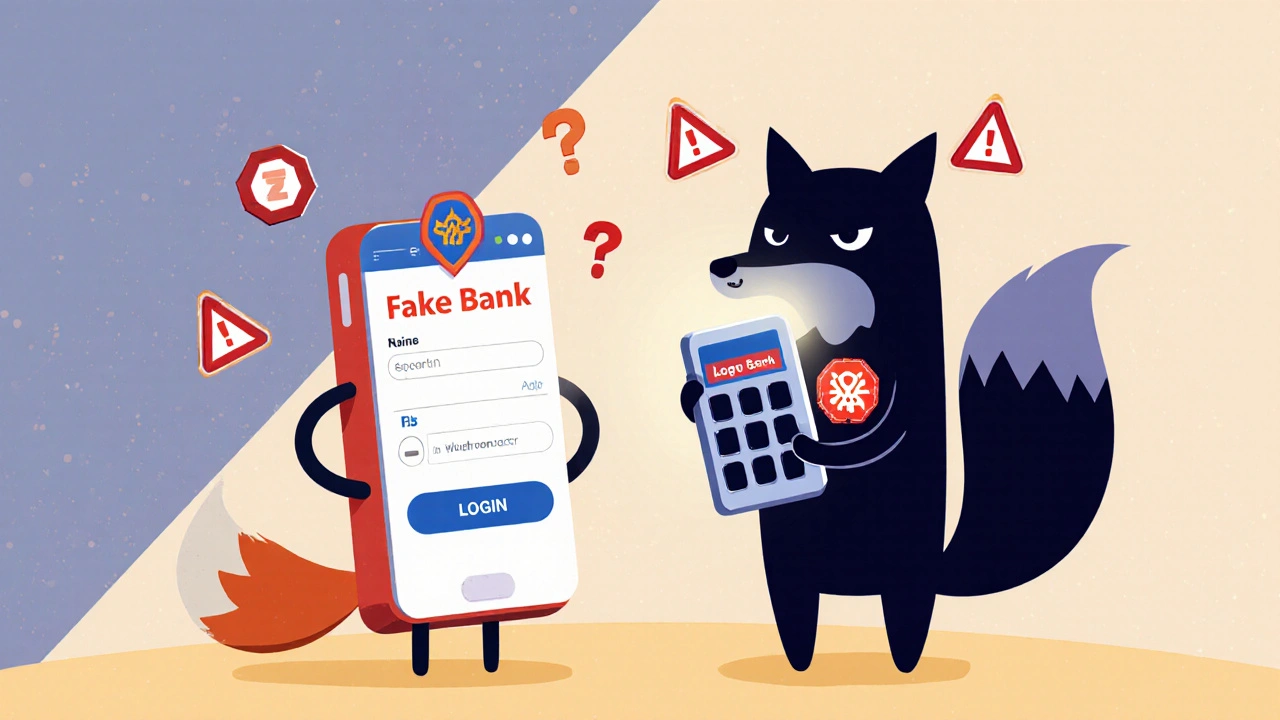Digital Earnings in July 2025: Crypto, ETFs, and DeFi Trends
When you think about digital earnings, income generated through online investment platforms like crypto exchanges, ETF brokers, and DeFi protocols. Also known as online investment returns, it isn’t just about price swings—it’s about where the money actually moves when markets shift. In July 2025, digital earnings weren’t driven by hype. They were shaped by real data: stablecoin yields hitting 8% on Ethereum L2s, ETF inflows reversing after two months of outflows, and DeFi protocols finally cutting fees to compete.
crypto, digital assets traded on decentralized networks, often used for speculative gains or yield generation. Also known as cryptocurrencies, it saw Bitcoin stabilize near $72,000 after a volatile June, while Solana and Polygon gained traction as low-fee alternatives for daily trades. Ethereum staking rewards dipped slightly due to increased validator competition, but Layer 2 token airdrops made up for it for active users. Meanwhile, ETFs, exchange-traded funds that track crypto or other assets and trade like stocks. Also known as crypto ETFs, it pulled $1.2 billion out of U.S.-based spot Bitcoin ETFs in mid-July, signaling institutional caution. But Japan and Hong Kong saw record inflows, proving global demand was still strong.
DeFi, decentralized finance systems that let users lend, borrow, and earn without banks. Also known as decentralized finance, it got serious about user retention. Aave and Compound slashed borrowing rates to below 3%, while Uniswap V4 launched dynamic fee tiers that let liquidity providers earn more on low-volume pairs. Yield aggregators like Yearn and Beefy started auto-switching between chains based on real-time APYs—no manual work needed. This wasn’t just innovation; it was survival. Users had choices, and platforms had to deliver.
What you’ll find in this archive isn’t guesswork. It’s real breakdowns: which crypto wallets saw the most activity, which ETFs lost traction, and which DeFi strategies actually paid off after fees. No theory. No fluff. Just what worked—and what didn’t—in July 2025. If you’re trying to make digital earnings work for you, these are the lessons that matter.







